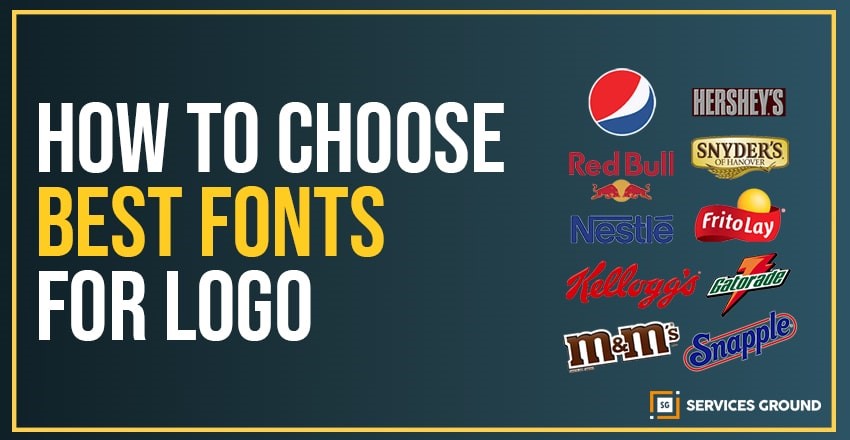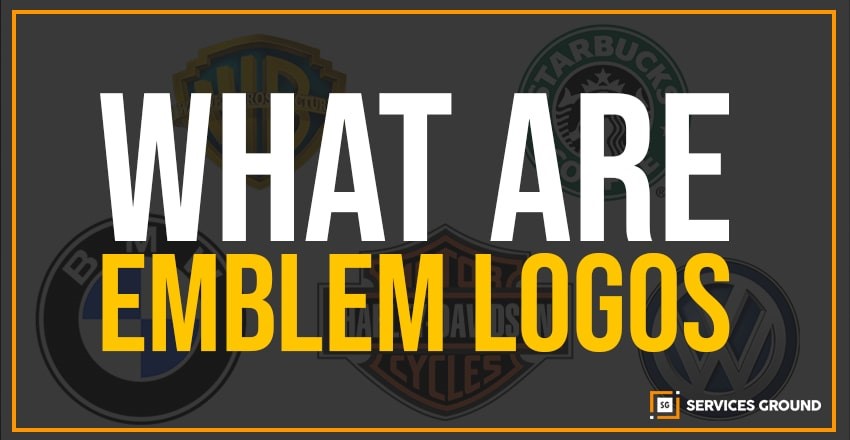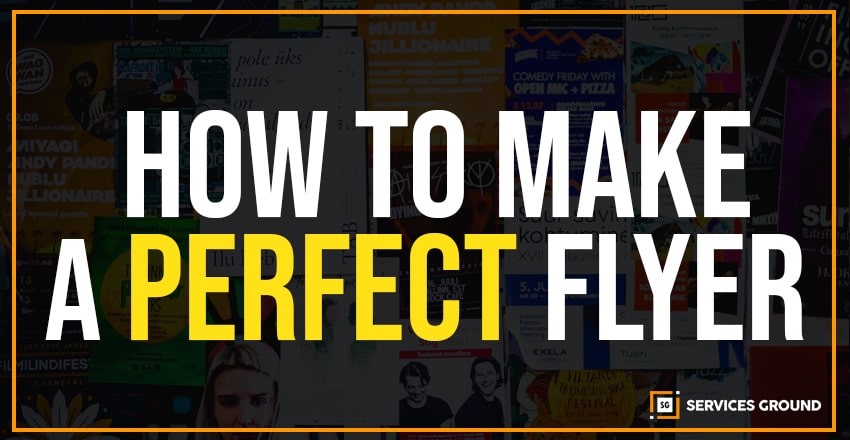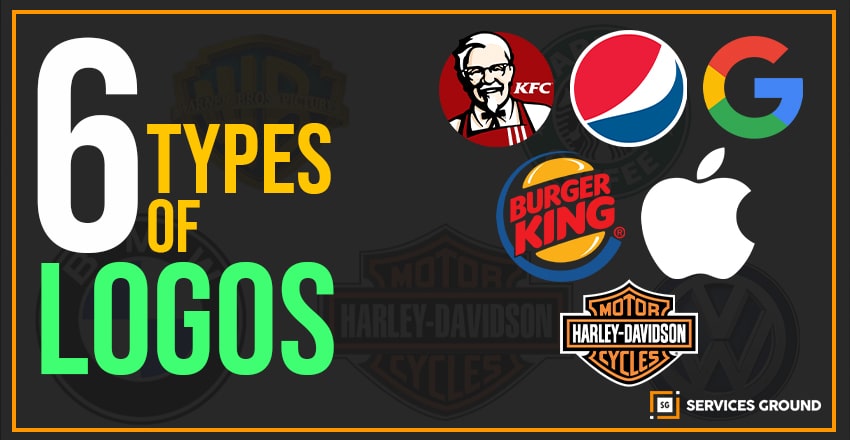Choosing the right fonts for your logo is a little bit tough task but it is a very important step in the design. A step which you can never neglect. Because your logo is the main part of your brand’s identity. So, it must be represented well.
The type of font brand selects for their logo can be shown in lettering through which people identify with a company or product. If you take a look on the typefaces for Coca-Cola, Disney and eBay, they just have a good font type and colors.
The fonts matter a lot in the logo as many brands using only typed form logo. If we think about logos then our minds often go to the graphic or pictorial elements. Distilling a brand into a single graphic is surely a complex process. Although choosing fonts for a logo required equal importance as it communicates crucial information like your name and industry.
To enlighten you, we have tried to tell some precious information to make your choice fit for your logo.
HOW TO CHOOSE ?
At first you should think what type of fonts you can add in logo. The different font categories can make a more informed choice for you. There we have two main aspects to think before selecting.
Target audience
You should think and keep in mind about the targeted audience of your company. The category of people you will face is very important when it comes to making a font choice. You probably choose a different font if you have ice bar as compared to law firm since these two companies do not address the same public.
Type of company
In addition to your target audience, you must represent your business type in its name. You can mention the name in logo that fits perfectly into your brand identity because your logo is at the center of your brand. The name must be consistent with your type of business and the value you want to convey.
If you want to appear as dynamic or professional than you should take care of this because this will have a big impact on the choice of your font.
Types of Fonts For Logo:
Here we have few types from which we can easily choose a best fonts for logo. Take a look.
Serif Fonts:
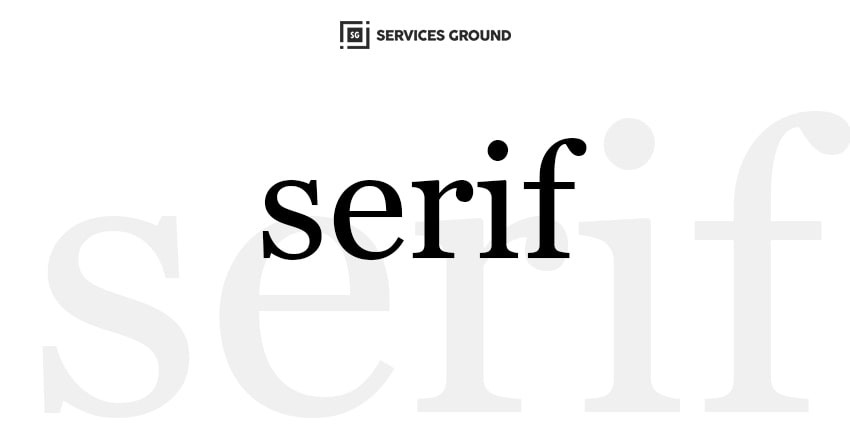
Serif has these little tails at the end that helped to accentuate the letter or character. Serifs are helpful when there’s a large amount of text that is smaller.
The Serifs act as accents on the character and helps the reader distinguish the letters much easier.
The serifs are particularly useful for large blocks of text. The serifs fonts make it easy for the eye to travel over the text. Many serif fonts are well designed and add a distinctive touch wherever they are used for logo. Mostly books, magazines, and newspapers use serif fonts for logo for their legibility.
Serif fonts are also useful for web designs, particularly you can use them in small sizes. Many web designers prefer using sans-serif fonts but you can also use serif fonts for a clean and modern casual vibe.
There are few examples of serif font that people like to use.
- Garamond.
- Freight Text.
- Ogg.
- Tiempos Text.
- Plantin
San-Serif fonts:
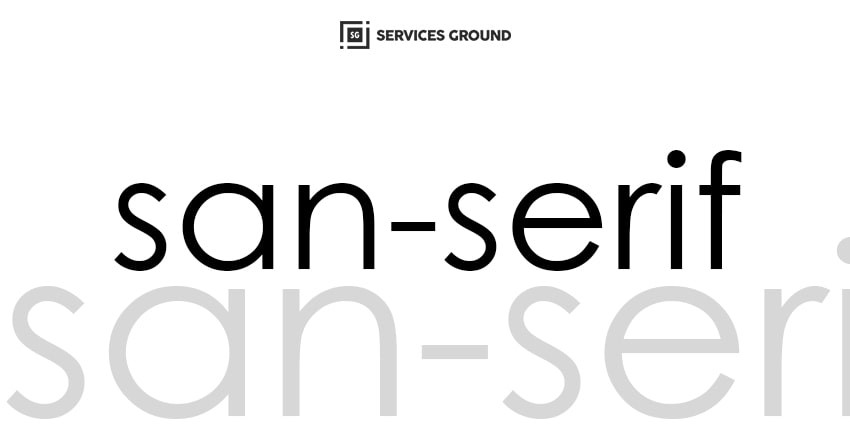
It is a category of typefaces that do not use serifs, small lines at the ends of characters. They can make pretty solid clean headlines and help headlines really stand out. Sans serif typefaces are considered more modern than the serif typefaces.
They lack the strokes that distinguish a serif typeface, hence the use of the French word sans, which means without. Sans serif typefaces are used to signify something clean, friendly, or modern. Many web designers prefer using sans-serif fonts to use for a clean and modern, casual vibe.
There are few examples of san-serif font that people like to use.
- Futura
- Proxima Nova
- Avenir
- Brandon Grotesque
- Apercu
Script fonts:
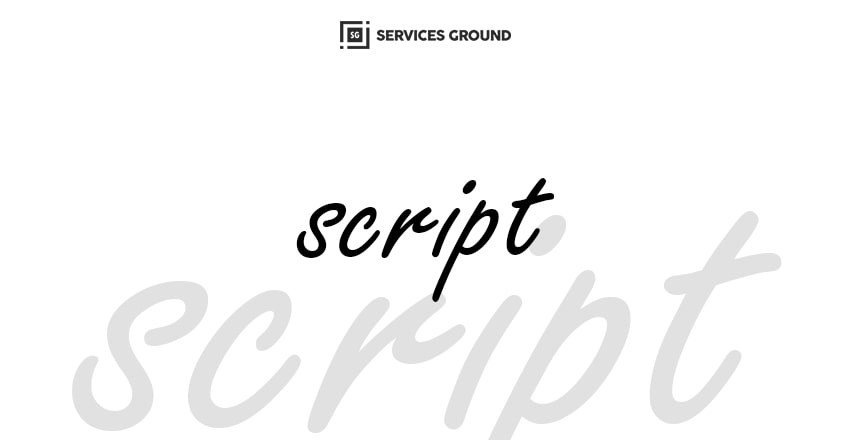
The script font is a font that mimics cursed handwriting. It has a typeface as a personal touch like calligraphy and handwriting fonts. Those fonts can help to add a more natural look with their smooth lines and lack of strict angles. There are two major types of script fonts. The first one is Formal script fonts and the second is Casual script fonts.
Formal script fonts are actually fancy scripts that evoke the incredible handwriting.
Casual script fonts resemble calligraphy only with fewer swashes. You can use them for more casual design.
You should be careful of script fonts because they can easily overwhelm a design piece if you use too many.
There are few examples of script font that people like to use.
- Allura
- Kaushan Script
- Grand Hotel
- Windsong
- Lobster
DECORATIVE / OTHER
The decorative fonts have more personality. Those are more futuristic, gothic or even ‘’childish’’. This kind of font can be very interesting to use in a logo as they would be more attractive in few cases. They can represent your company if they are well used. Try to avoid using the “cheesy” category because these fonts are often very flashy. You can use them intelligently, combined with a very simple sans-serif font.
How to Combine Fonts?
Choosing a single font for your logo would be suitable. Although using two fonts would be useful to create an ideal logo. If you combine two fonts, one will be your main font and the other will be used as secondary. While combining fonts, try to choose some that aren’t similar. The key to a good typographic combination is contrast. You can check more conservative, combining a serif and sans-serif fonts. You can choose a more daring avenue, combination of two completely different decorative fonts. No matter what you decide, make sure you have good contrast and this would be enough.
To Serve Emotions in fonts, For Positive Typeface:
- Use Serifs with thin strokes
- Use Rounded lettering
- Novelty typefaces
- Use Longtails or flourishes
- Fancy scripts
- Use Open lettering
- Modern typefaces
For Negative Typeface:
- Use Thick strokes
- Use Harsh strokes or lines
- All caps (although becoming less common)
- Use Messy handwriting or shaky strokes
- Ransom lettering (using mixed typefaces)
- Use Tight lettering
- Blackletter or old-style type styles
Hope This Helps, Thanks For Reading.
If you liked this article and want to read more of these, please subscribe to our newsletter and follow us on Facebook, Youtube, Linkedin, and Twitter.

